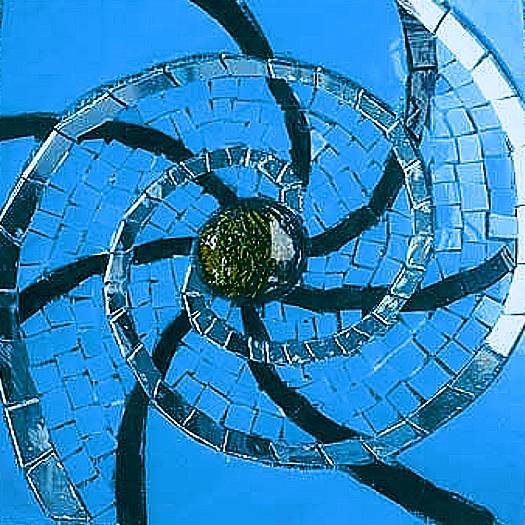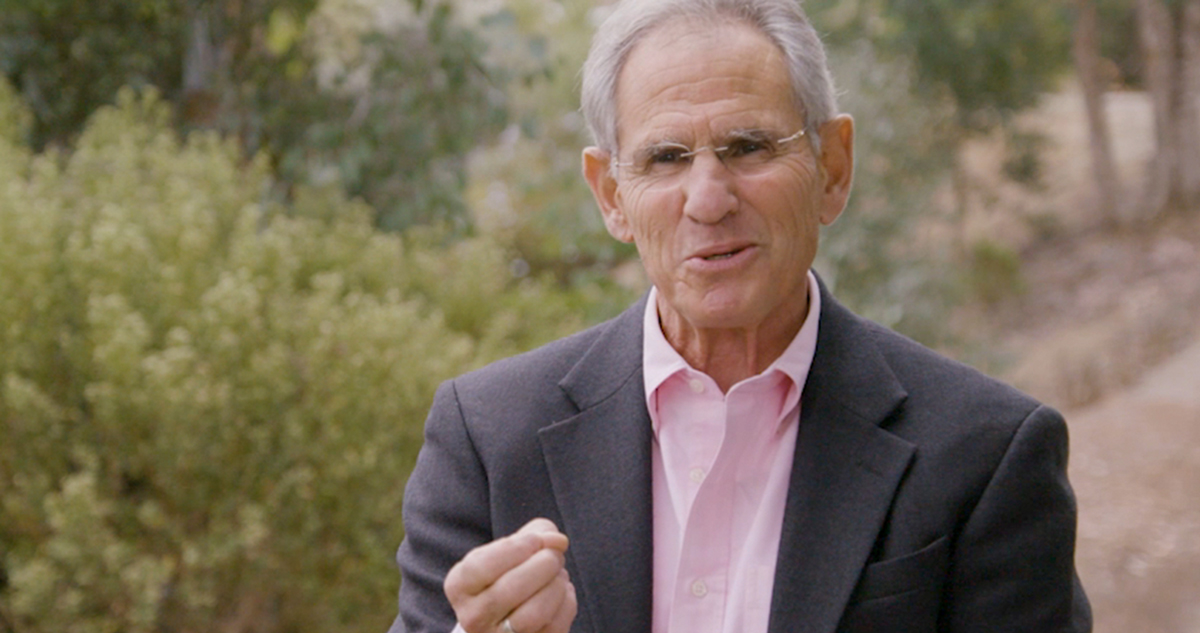Meditation
A Master Practice
The scope of meditation traditions, both East and West, can make it a ‘master’ tool or practice. Meditation is ‘experimental metaphysics’, and merges and overlaps with experiences you may call introspection, contemplation, prayer, trance, or something else. But at it’s core, it’s simply placing attention in a certain area of experience and deepening it. That can lead to unexpected and unique states of relaxation, creativity, and clarity.
The practice of meditation has unique barriers in today’s fast-paced workaholic world. But with it, we can discover how sometimes slowing down is speeding up, and how calm is not what it seems on the surface.

“Let come what comes. Let go what goes. See what remains.”
Ramana Maharshi
Practice: Sound & Silence
Do a few minutes of light physical movement or self-massage to relax the body. Find a place where you won’t be disturbed by other people (or incoming sounds from your phone). Sit in an upright position and maintain a relaxed and still posture.
Close your eyes. Breathe in and out through your nose a few times. Breathe naturally, without tying to control your breath. With each inhale place your attention on one area of your body and keep it there until the end of your exhale. Spend about 3-5 minutes covering at least five body areas. For example, (1) nose and throat; (2) eyes; (3) heart; (4) hands; and (5) feet. See and feel each body area you attend to.
Start paying attention to sounds. For the next 10-15 minutes, have sound be in the foreground of your attention. If anything else comes into your awareness, like mental images or body sensations, briefly observe them and then return your attention to sound.
With your attention on sound, divide sound into external sound and internal sound. External sound could be the ticking of a clock, the sound of a fan, or the chirping of birds. Internal sound is your mental talk and whatever else it playing on your mental radio. Attend to each separately, for about 3-5 minutes. Bring clear awareness to which ‘channel’ you’re hearing, either external sound or internal sound. Also bring a feeling of curiosity and acceptance to each sound.
As you progress, start to notice and observe the spaces between sounds. Become comfortable and at ease with the silence between sound. Notice what happens to you when you ride or ‘surf’ the silence or the edge between silence and sound, first maybe for 1-2 seconds, then for longer periods.
After practicing for a week or so in a seated position, try to bring the increased awareness and appreciation of sound and silence into the rest of your daily life: when at work, with family and friends, or out in nature.
Why Meditation?
At a basic level, meditation can help with physical relaxation and stress reduction. It can also help to develop greater awareness and mastery of physical, emotional and mental experience. In addition, for those interested, meditation can nurture a sense of wonder, awe, and curiosity toward forces larger than ourselves, deepening understanding of spiritual teachings across all times and cultures.
Start for free with exercises like the above, or be guided by free videos online. To get more structured guidance, borrow or buy 1-2 meditation books suited to your background and belief-system. If advanced instruction is needed, look for charitable organizations that provide instruction free or at an affordable cost.
Ten minutes, bookending the day in the morning and evening. Shorter sessions (1-3 minutes) a few times throughout day can help maintain momentum. For those interested, longer weekend or weeklong ‘retreats’ can be planned once or twice a year.
No external barriers. Patience, commitment, and humility is vital. Once a system is in place, time is on your side.
“Most persons are so absorbed in the contemplation of the outside world that they are wholly oblivious to what is passing on within themselves.”
Nikola Tesla
Resources
Meditation has been around since before recorded history and it’s literature and experiential teachings are vast and rich.
Since the 1970s, one of the most successful popularizers of Eastern-influenced meditation has been Jon Kabat-Zinn, Ph.D. Dr. Kabat-Zinn, who’s MIT-trained, helped meditation gain acceptance as medical treatment, particularly for stress and pain management. Listening to one of his talks on meditation (Pt. 1, Pt. 2 & Pt. 3) is still instructive and appealing to diverse audiences.

“The thing about meditation is you become more and more you.”
Filmmaker David Lynch